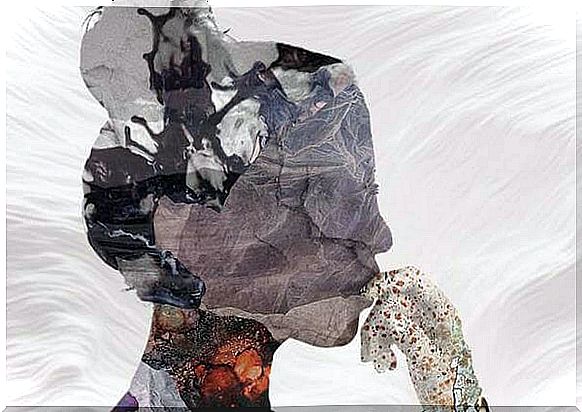Hyper-rationalization: When Doubt Blocks Us

Hyperrationalization is a type of pathological doubt that blocks the person. It is common in those that are extraordinarily logical, rational, and lacking in spontaneity. On the other hand, this condition causes great discomfort to the person who suffers from it.
In fact, on many occasions emotion and intuition play an important role in the decisions we make. Not paying attention to these elements that are part of us means ignoring an important part of our nature; a desolation that does not always pay off.
When doubt blocks
Doubt makes us undecided, but on many occasions also wise and prudent. On the other hand, we could speak of hyper-rationalization as the product of the exploitation of logic and the dismissal of intuition. The human being can doubt before a decision: to believe or not to believe, to do or not to do. When a person hyper-rationalizes, they tend to become entangled in doubt to the point of being trapped in it.
We are rational beings, but we are also emotional, so when we rely too much on logic we end up being inoperative. Thus, hyper-rationalization generates anxiety, inadvertently reinforcing our passion for logic; the same one that drowns us.

What is hyper-rationality?
Reason is not a natural element; on many occasions not even real, just illusory. Many of the decisions that we think we are making with reason are nothing more than the hidden product of the dictates of our emotions.
Hyperrationalization is nothing more than faith in this illusion, which occurs especially when we go through a time that seems like a desert of successes and good decisions. We feel betrayed by what we do not control and we cling to what we do think we control. Thus, we can pretend to be logical when it is not possible to be so due to the amount of information we lack.
Hyperrationalization in obsessive compulsive disorder
The explanations that are handled around obsessive compulsive disorder (OCD) are various, such as the “feeling of unfinished” or “not entirely correct experiences. ” They are inspired by the classic descriptions of Janet (1903). The feeling of “unfinished” would refer to an internal feeling of imperfection. Therefore, associated with the perception that the actions or intentions have not been fully achieved (Pitman, 1987).
The feeling of unfinished is not only experienced by people with OCD. Studies carried out with the NJRE-Q questionnaire have shown that these sensations are extremely frequent in the non-clinical population, specifically 99% of the students in the sample.
These unfinished experiences could be seen as a general tendency to express doubt or question one’s own experience (Tallis, 1995). For psychological research, the “Indecisiveness Scale” (Indecisiveness Scale, IS; Frost & Shows, 1993) is commonly used.

Not accept mistakes
One of the main characteristics associated with hyper-rationalization is the difficulty to accept mistakes. That is, it is necessary to face the fact that mistakes are made in life. However, people who hyper-rationalize are not capable of it.
Sometimes great detailed explanations, or overwhelming words, hide a desire to show intelligence. It should be remembered that human beings not only have a brain to think, since we are a system made up of ideas, sensations, and emotions.
It takes us about 6 years to form the main brain structures. This means that, in the first years of life, decisions are essentially dictated by our most intuitive part, the emotional part. The logic only appears in very small doses, compared to the protagonism of the sensory and associative receptors has m.
The book Think Fast, Think Slow by Daniel Kahneman explains very well the results of decades of research on the dichotomy of thought. In summary, the author speaks of two ways of thinking:
- System 1: It is a fast, instinctive, automatic, subconscious, stereotyped and emotional way of thinking.
- System 2: It is a slower, effortless, infrequent, conscious, deliberative, and logical way of thinking.
In contrast to hyper-rationalization, Daniel Kahneman explains his analysis of the two different ways in which the mind creates thought. Evolution has allowed human beings to develop their ability to reason; However, our emotional part has not lost its usefulness, can you imagine that we had to stop to make a list of pros and cons when we see that there is something in the fire that is burning?









